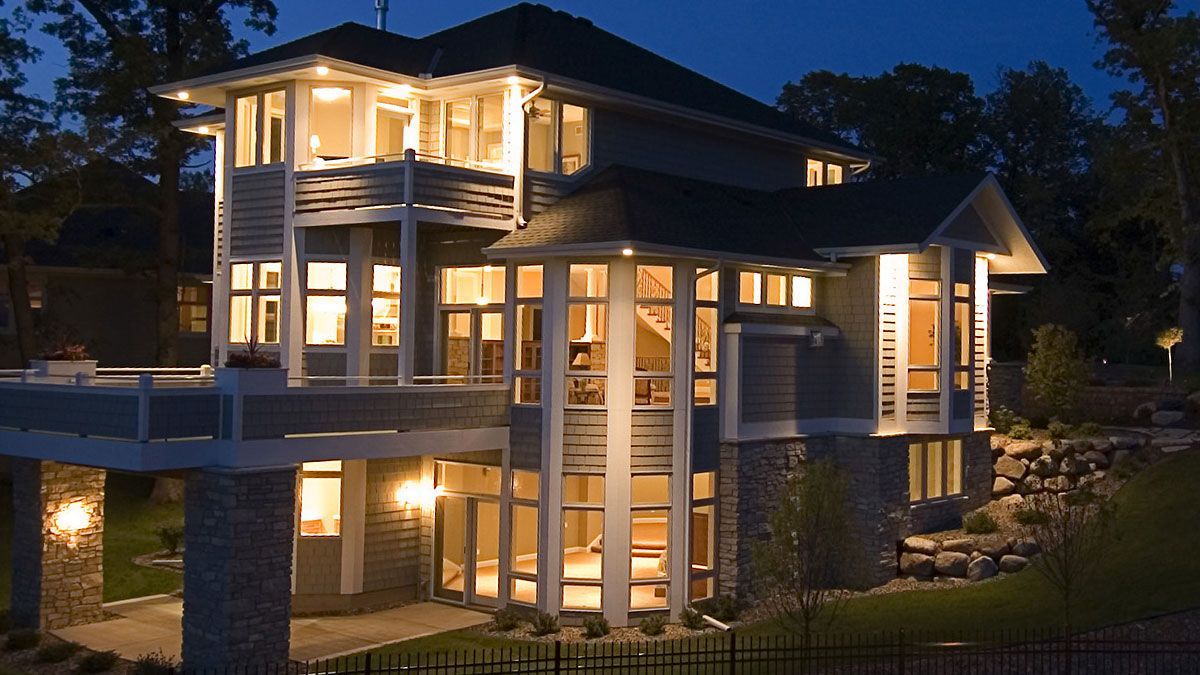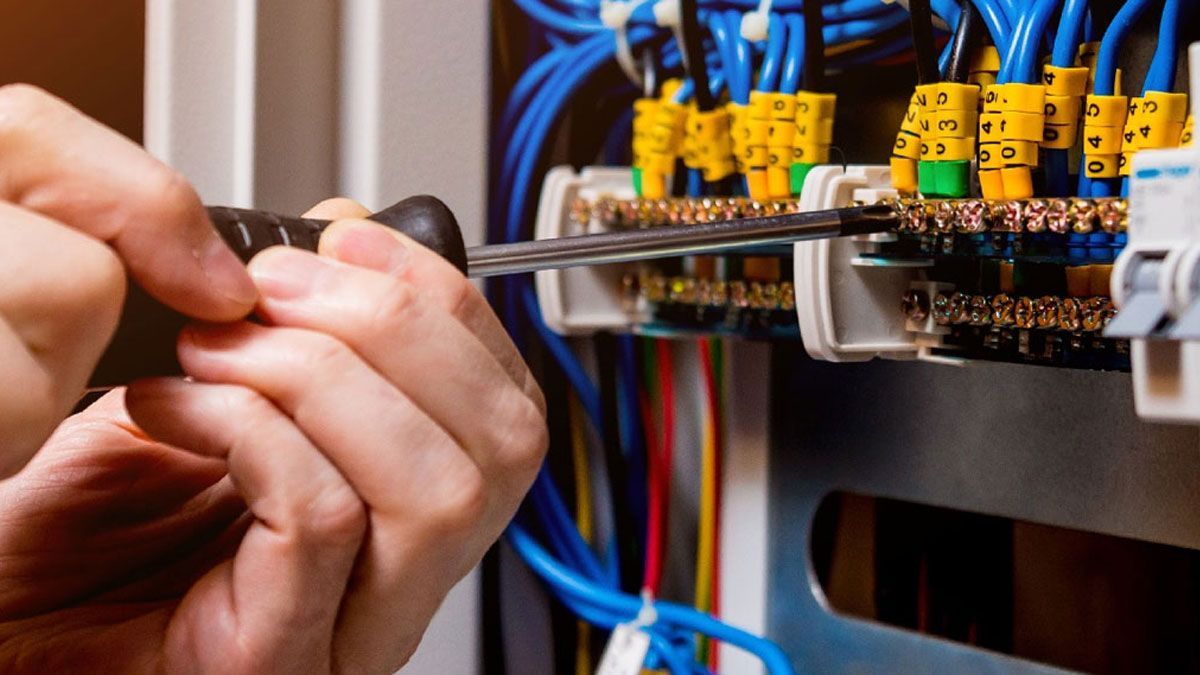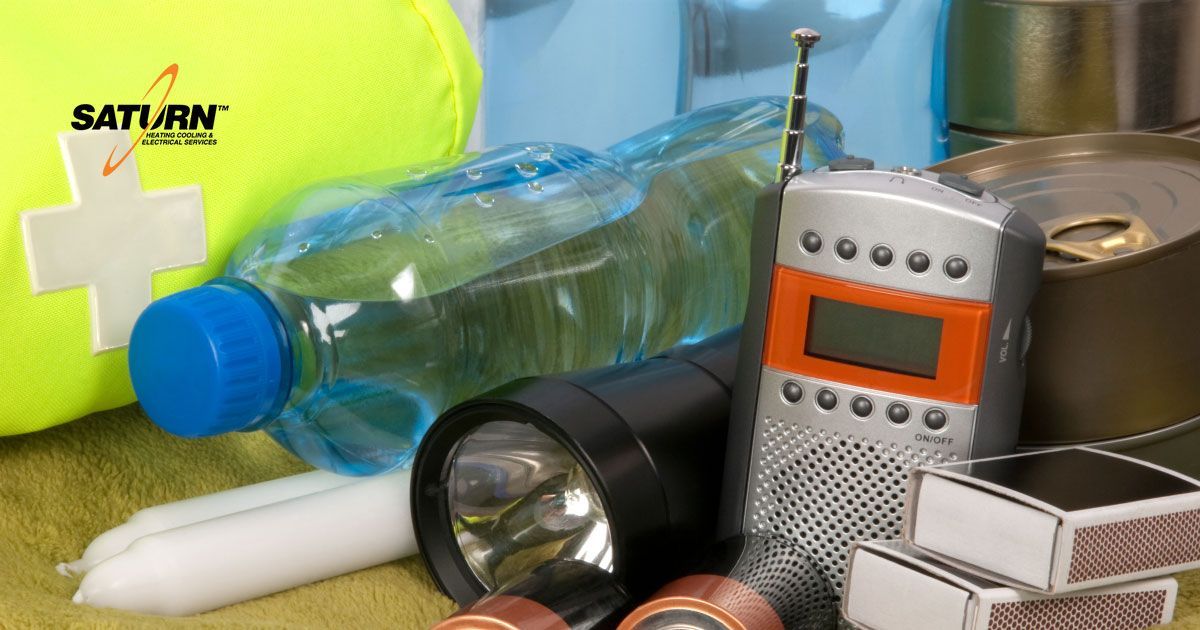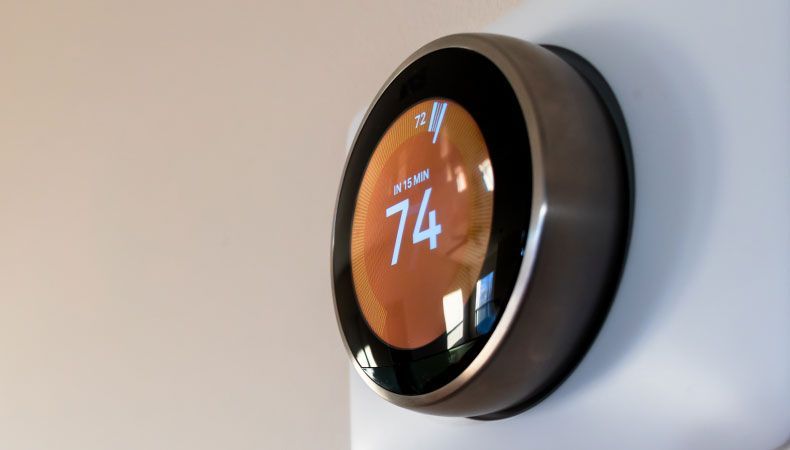Sump Pump Maintenance or Sump Pump Replacement
Sump pumps are an essential tool for many homes, particularly those located in areas that are prone to flooding. If you have a basement or lower level in your home, it is important to ensure that you have a properly functioning sump pump. A sump pump collects water that has accumulated in a sump basin and then pumps it out of your home, preventing water damage.
Like any other appliance, sump pumps need maintenance and replacement from time to time to ensure that they are functioning correctly. Below are some tips for maintaining your sump pump and knowing when it is time for a replacement.
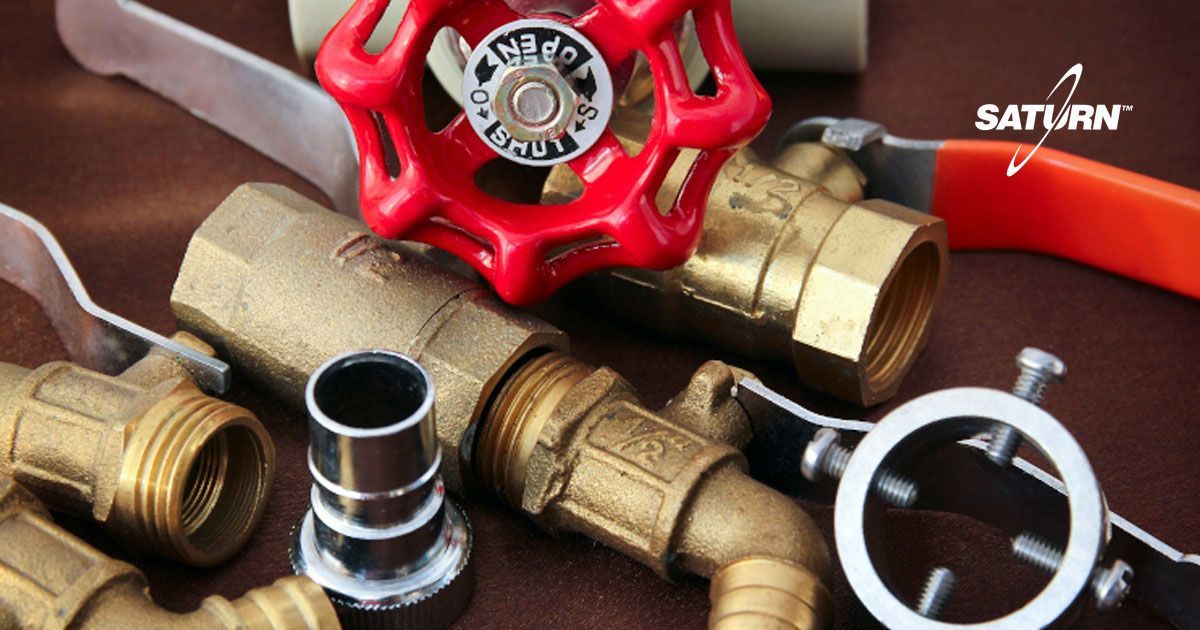
Regular Maintenance
Regular maintenance of your sump pump is essential for ensuring that it is functioning correctly and will be ready when you need it. Here are some steps you can take to maintain your sump pump:
1. Clean the Sump Pit
One of the most important steps in sump pump maintenance is regularly cleaning the sump pit. A sump pit is a small hole in the ground where water accumulates. Over time, sediment and debris can collect in the pit and cause clogs that can prevent your sump pump from working correctly. To clean the sump pit, remove any debris or sediment that has accumulated.
2. Check the Float Switch
The float switch is a crucial component of your sump pump. It is responsible for turning the pump on and off as the water level rises and falls in the sump pit. To ensure that the float switch is functioning correctly, make sure it is clean and moves freely. If it is not functioning correctly, it can cause the pump to run continuously or not activate at all.
3. Test the Sump Pump
Testing your sump pump is an essential part of maintenance. To test your sump pump, pour water into the sump pit until the float switch activates the pump. This test will ensure that the pump is working correctly and that it will function when you need it.
4. Check the Discharge Pipe
The discharge pipe is the pipe that carries water from the sump pump out of your home. It is important to check the discharge pipe regularly to ensure that it is clear of debris or obstructions. If the discharge pipe becomes clogged, the pump may not be able to function correctly.
5. Check the Power Source
Lastly, it is crucial to ensure that your sump pump is properly plugged in and that the power cord is not damaged. If the power cord is damaged, it can cause the pump to malfunction or not function at all.
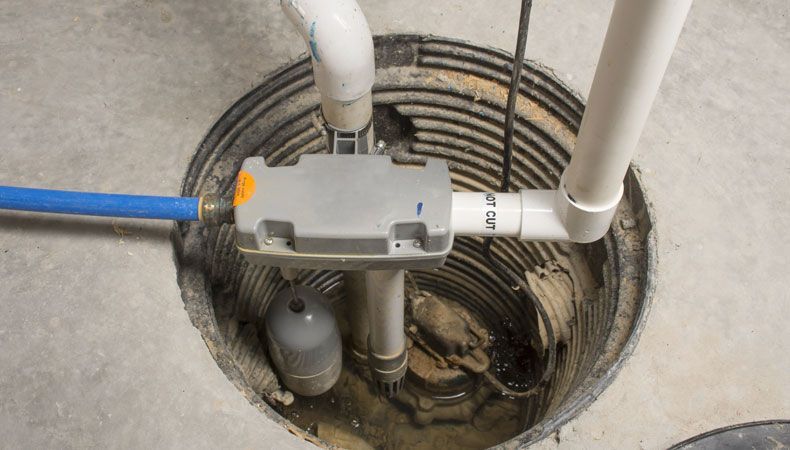
When to Replace your Sump Pump
Even with regular maintenance, sump pumps may still need to be replaced after a certain amount of time. Here are some signs that it may be time to replace your sump pump:
1. Age
If your sump pump is more than 10 years old, it may be time to replace it. Over time, parts can wear out, and the pump may not be as efficient as it once was.
2. Strange Noises
If you hear strange noises coming from your sump pump, such as grinding or rattling, it may indicate that the pump is struggling to function correctly. If this is the case, it may be time for a replacement.
3. Constant Running
If your sump pump is running continuously, it may indicate that it is not able to keep up with the amount of water it is receiving. If this is the case, you may need to replace your sump pump.
4. Rust or Corrosion
If you notice rust or corrosion on your sump pump, it may indicate that the pump is weakening and may malfunction. If you see any signs of rust or corrosion, it may be time to replace your sump pump.
5. Visible Damage
If you notice any visible damage to your sump pump, such as cracks or leaks, it may be time for a replacement. Visible damage can lead to water leakage, which can cause significant water damage to your home.
When replacing your sump pump, you have several options. You can choose to replace your sump pump with the same model or opt for a more advanced model. It is always recommended to consult with a professional plumber who can assess your needs and recommend the best sump pump for your home.
It is also important to note that sump pumps come in different sizes and capacities. A professional plumber can determine the correct size and capacity of sump pump needed for your home based on factors such as the size of your basement or crawlspace, the frequency of flooding, and the amount of rainfall in your area.
In addition to replacing your sump pump, it is essential to have a backup system in place in case of a power outage or sump pump failure. Battery backup systems can keep your sump pump running during a power outage, while a secondary sump pump can take over in case of primary sump pump failure.
In conclusion, maintaining your sump pump is critical to ensure that it is working correctly when you need it. Regular maintenance, such as cleaning the sump pit, testing the pump, and checking the power source, can help prolong the life of your sump pump. If your sump pump is over ten years old, showing signs of wear and tear, or has visible damage, it may be time for a replacement. Working with a professional plumber can help you determine the correct size and capacity of sump pump needed for your home and ensure that you have an adequate backup system in place. By taking these steps, you can protect your home from water damage and ensure that your sump pump is always ready to work when you need it.


